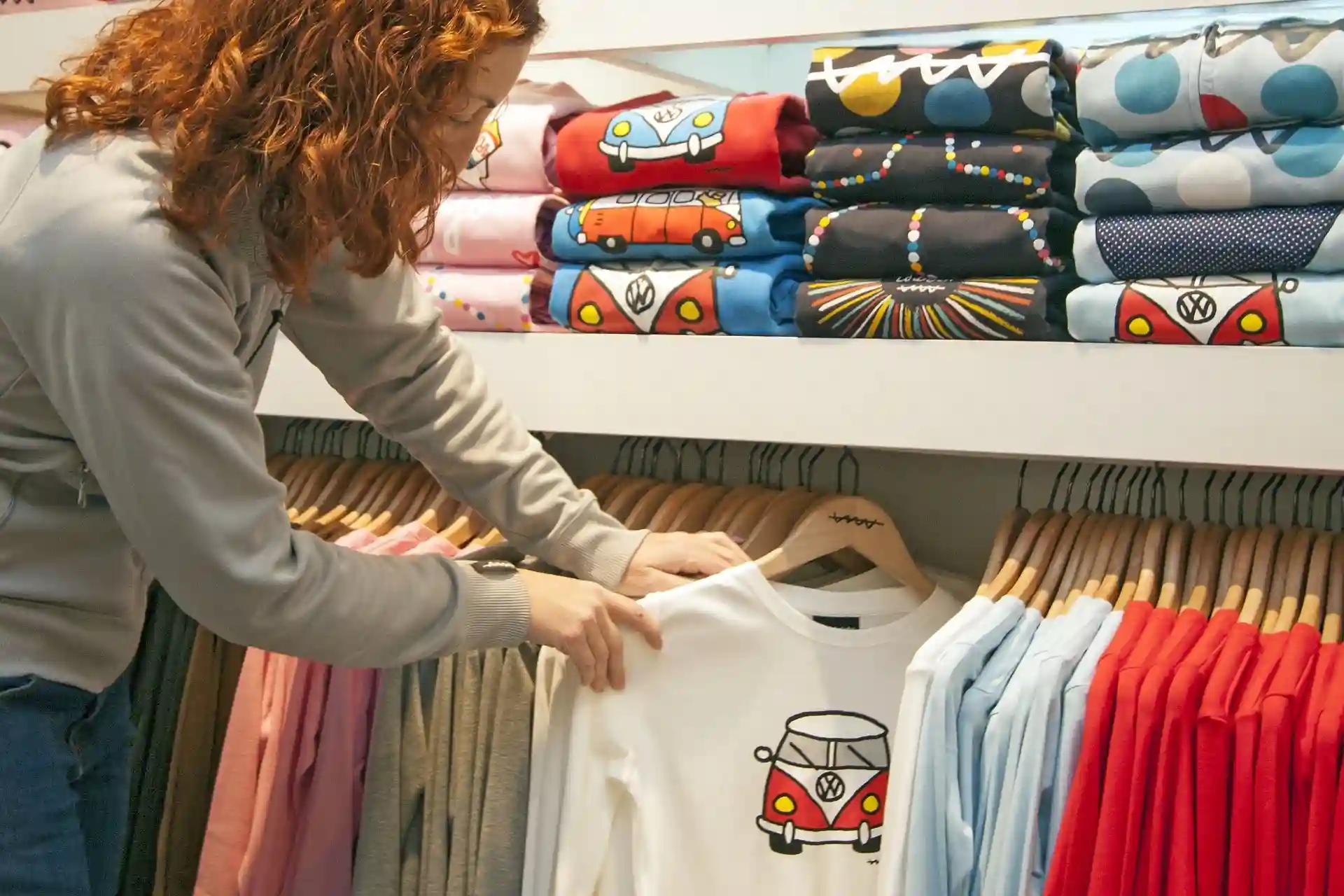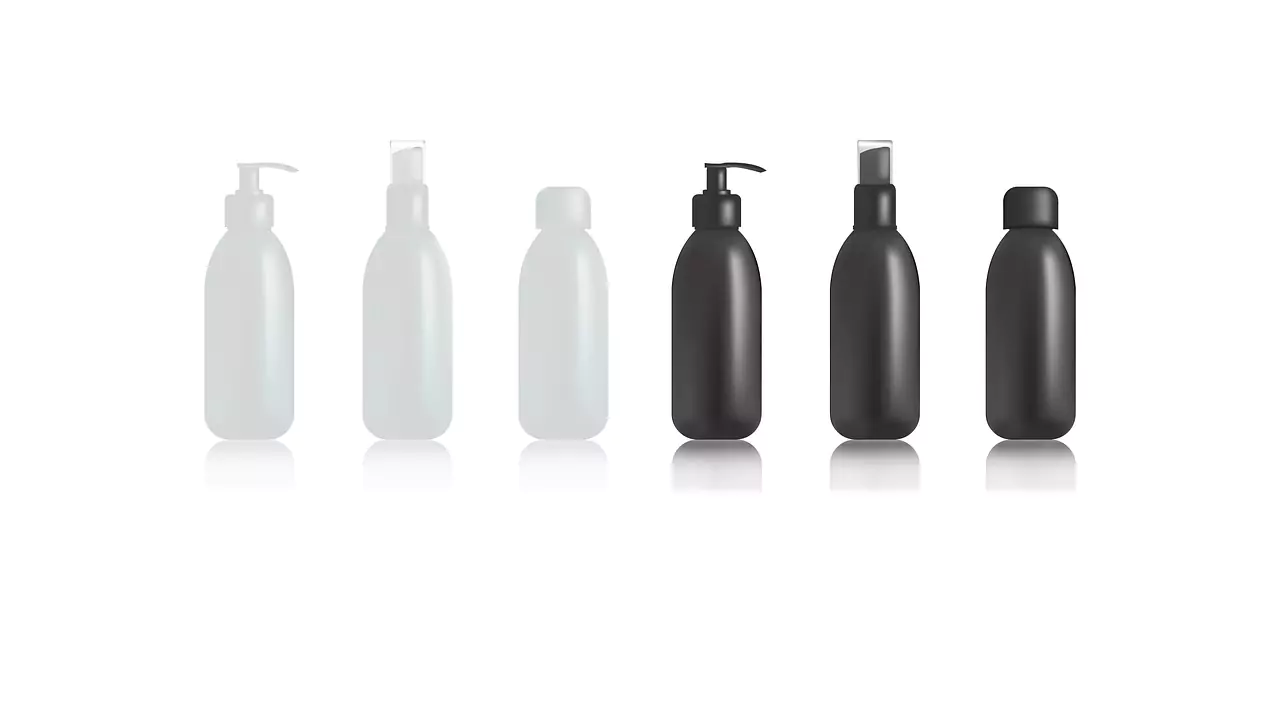If you’re someone in the garments business, especially in the printed t-shirt area, you might want to thoroughly consider which methods of t-shirt printing are the most suitable for your business. There are countless design trends and even raising money with custom prints is very common.
Your printed t-shirts need to be remarkable and unique for people to be interested! In a sea of printed t-shirts, you have to be one of a kind to compete in the market. Further, you should look at a portion of the fundamental sorts of shirt printing techniques. There are a lot of factors to be considered when it comes to printing t-shirts; from choosing the right fabrics to choosing the ideal t-shirt printing methods. Worry not! We’re here to help you find the right ones based on your priorities and needs. Don’t forget to also talk to your custom clothing manufacturer!
What is T-shirt Printing?
This term implies the art or process of printing on a t-shirt using various methods. The chosen product design or visual, which can be lettering, drawing, image, or artwork, will be applied or printed onto the t-shirt using one of the various t-shirt printing methods.
Factors to Consider for Printing T-shirts
Before jumping into the business, you need to know the factors to consider to produce the best-printed t-shirts. Let’s jump right to it!
1. Compatibility with Different Fabrics
Not all t-shirt printing methods are suitable for every fabric. When you produce a clothing line with a thick cotton t-shirt, color sublimation is not the method you can utilize, as the render won’t be resulting on a par with polyester fabric. Every t-shirt printing method has preferable fabrics and textures, and it would be nice to research them in advance.
2. Speed of Production
Never choose a slow method when you need to print numerous t-shirts in one batch. To be fair, every method has its pros and cons, and it is specified whether one method is perfect for single or mass manufacturing. Make sure to research (again!) because you don’t want to make a mistake when printing mass manufacture.
3. Cost
The cost of t-shirt printing methods are vary, based on the number of t-shirts and the technology used. If you’re tight on budget, there are surely more low-cost t-shirt printing methods! Once you know how much your budget is, you can start looking for the right fabrics and methods to calculate the end cost of production. Well, it can help to make a spreadsheet of it!
T-shirt Printing Methods and the Pros & Cons
As we mentioned earlier, there are various t-shirt printing methods, and each method has its pros and cons. Let’s dive deeper into each method in detail before deciding which method is perfect for your business! Make sure you have good design files and make tech packs in any case for payment and sizing. The t-shirt with custom prints will stay irresistible, as CNN nicely summarized.
Screen Printing
This method is one of the most popular t-shirt printing methods. Why did we say that? It’s because screen printing offers better quality, and the ink outputs tend to be thicker than other t-shirt printing methods. With that being said, you can expect a longer-lasting result for the design because it’s more accurate and the colors are more vibrant.
Pros
- Premium and longer-lasting printed result
- Perfect for large amounts
- Cost-effective and quick results
- Most fabrics on the market are compatible with this method
Cons
- Not recommended for small amounts
- Not the best for complex designs
- Not valid for manual utilization
Heat Transfer Printing
This printing method works likewise as color sublimation, with minor contrasts. If you’re trying to produce a smaller amount of t-shirts, this may be perfect for your plans. For complex designs, heat transfer printing will work like a wonder! Plus, the results will be great and give you choices to use the full range of shadings.
Pros
- Perfect for small amounts
- Undoubtedly easy to utilize
- Suitable for home creation or beginning a shirt business
- Great multiplications
Cons
- Should be done perfectly, because the designs may crack and fade quickly otherwise
- Takes longer time
- Unsuitable for delicate t-shirts
- Can be expensive with large amounts
Direct to Garment (DTG)
One of the newest t-shirt printing methods, which gives marvelous results with complex designs. The printed design will be as smooth as a silk and you won’t even feel a single thick layer. DTG allows you to print designs directly onto t-shirts with a high-quality result on the colors and textures. Bonus, you can print just any designs you have with multiple color combinations! You might now printer companies here even from your office printer, such as Epson.
Pros
- Easy to utilize (but an expert is needed!)
- Useful for complex designs
- Delicate completion
- Simple to switch design
Cons
- When use on other fabrics, the color won’t be as vivid as it would be on cotton
- Inkjet printers can be extremely pricey
- Colors may fade over time compared to other methods
Vinyl Cutting
Just like the name, the principal center for this method is around the cutting system. Unlike the other t-shirt printing methods, vinyl cutting includes extremely exact cutting of material. It’s suitable for both small and enormous amounts of t-shirt printing, although it’s fundamentally utilized for tiny designs like logos.
Pros
- Functions amazingly with small and enormous amounts
- Wide range of accessible tones and designs
- Entirely solid shirts
- No breaking of the project
Cons
- Requires specific CAD shaper
- Appropriate for just tiny plans
- Lessens the adaptability of the shirt
Color Sublimation
This method is fantastic for wide and complex designs. Color sublimation must be utilized for light textures, like polyester, to result in great outcomes. Please keep in mind that, unlike the other t-shirt printing methods, this method won’t be useful on cotton t-shirts.
Pros
- Useful for enormous plans
- Reasonable for infinite shadings and examples.
- It lasts for quite a while
Cons
- Only works on light textures
- For small amounts, it can be expensive
- Doesn’t completely cover all pieces of the shirt




